There is more to directional command training for gundogs than meets the eye... Howard Kirby explain how to progress with left, right, back and recall commands
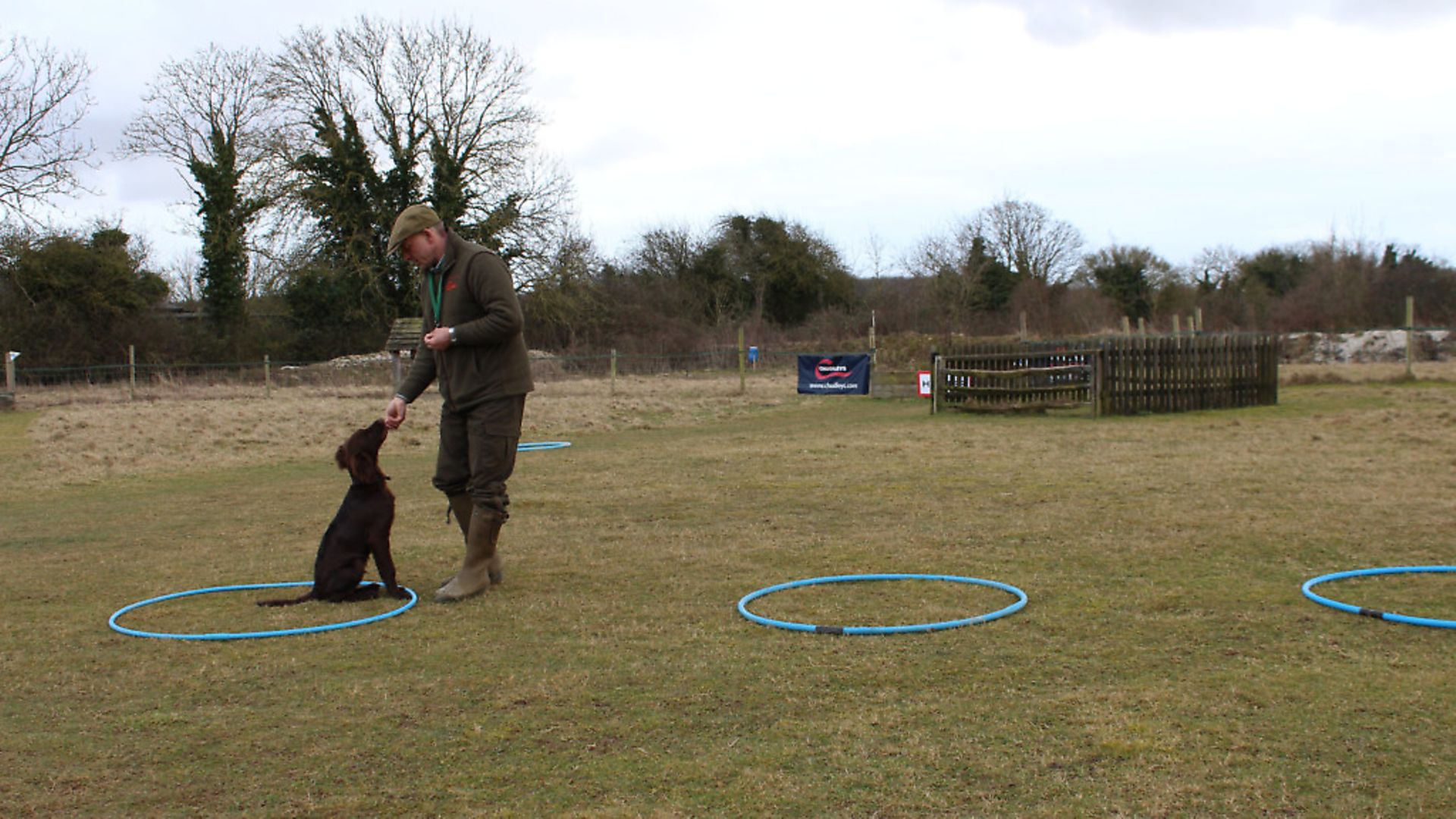 credit: Archant
credit: Archant
The last article saw us using a clock face layout to develop directional send aways. My advice has been focused on a structured development plan that carefully layers up the dog's level of understanding. While all of the retrieving work has been going on, we are gently chipping away at teaching the dog to sit and pay attention when the Stop whistle is blown.
Once again, before we move on, let's just review what we've been doing. In short, we've been teaching the dog to retrieve the dummy that we point it at, but I'd like to draw your attention to all of the individual behaviours that this retrieve will have encouraged along the way.
Heelwork, steadiness, sit, stay, mark, memory, retrieving, recall, delivery to hand and a return to heel are all component parts of a simple retrieve. Overarching all of this will be a dog that looks highly motivated for the rewards it gains, but there is also now a willingness to please that is not solely motivated by food or chasing dummies. You will need to have developed a demeanour and an understanding with your dog that has earned its respect. Some might describe this as well disciplined. Don't confuse this with terrified.
Unfortunately, I have recently been involved in a training class where a well-meaning and highly competitive handler had got this balance badly wrong. The result is a disfunctional partnership that urgently requires a major change to the training plan. I am fortunate enough to stand and watch 25 individual handlers and probably 50 as part of group training most weeks of the year. For 90% of these handlers, striking a balance between reward and obedience is the single most difficult thing for them to learn. If you get it wrong in either direction, this will have a serious effect on the long-term performance of any dog and handler partnership. Too liberal and the dog will misbehave, too harsh and the dog's performance will be stifled. Make it your business to watch handlers that get it right. It didn't happen by magic. Carefully considered and well-managed training will be the key to success.
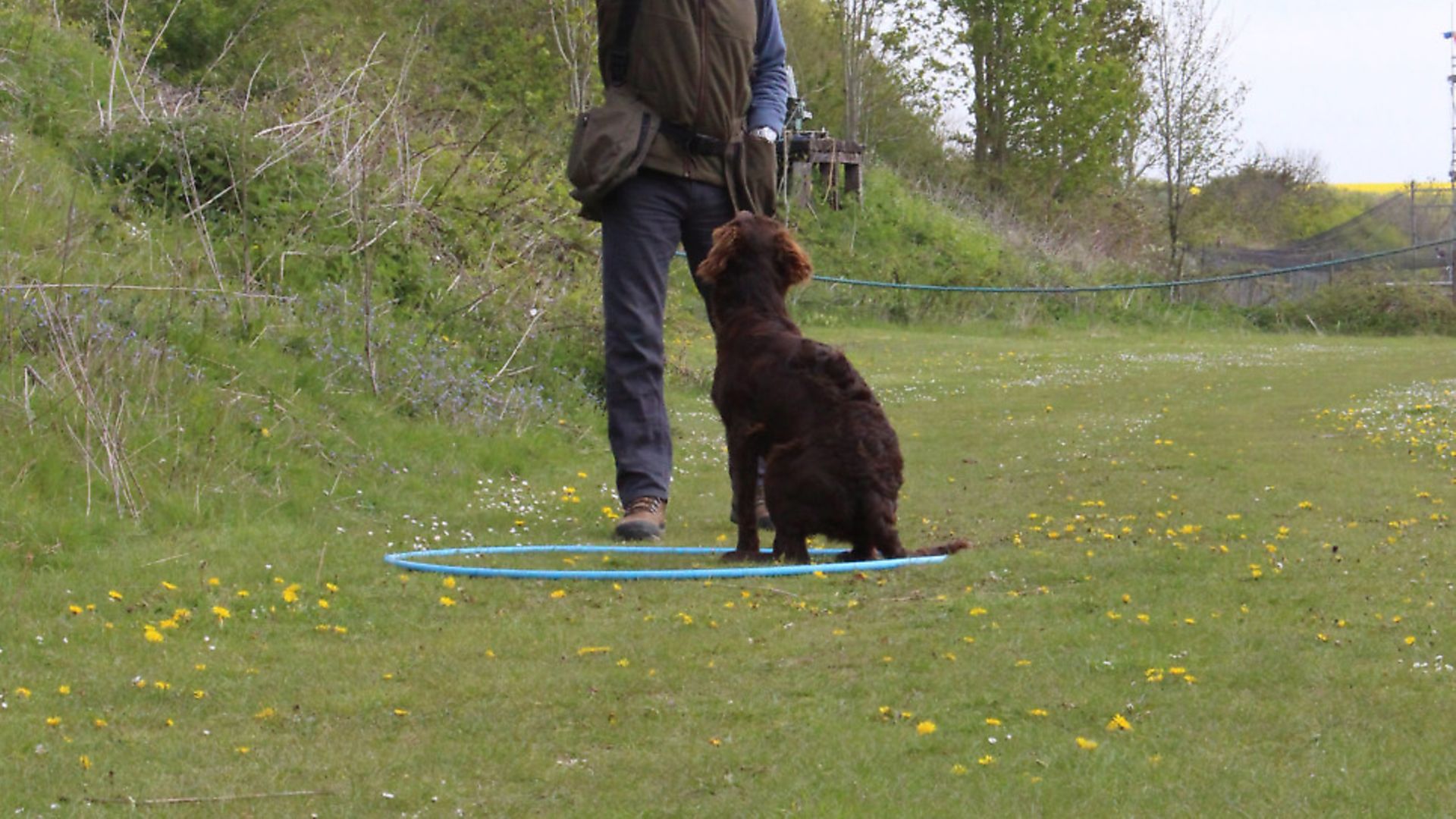 credit: Archant
credit: Archant
BUILDING DIRECTION FROM THE STOP WHISTLE
In last month's article, we looked at some of the training techniques that we might use to develop the Stop whistle. We can now incorporate and further develop this important behaviour into the next stage of training by continuing with the use of what should now be the familiar clock face.
You may have chosen to locate it somewhere that has natural features that identify the four key points or maybe you're using brashings or marker posts to identify the 12, 3, 6 and 9 o'clock points. Again, I think it's really important to note that by making these 'birdy places' easily identifiable, we can help the dog to understand the complex series of commands that we want them to learn.
Start by sitting the dog in the centre of the clock. We use a hoop to help locate the dog but primarily to ensure that you are accurate. Don't forget that the target trainers among you will have already conditioned the dog to understand that sitting inside the hoop brings reward. There is nothing to stop you teaching this at this stage as it will help during the early stages.
Simply use the Recall whistle to call the dog into the hoop. As he arrives, blow the Sit whistle and as he sits, say 'good' and reward with a feed treat. Yes, yes, yes, I know we've been through this before - using a few little feed treats will not ruin your gundog or turn you into a sissy.
Once he's clearly targeting the hoop, of course you can then back away so that he is now sitting at a short distance from you. So now we are also schooling the dog to sit to the whistle at a distance. Eventually, but don't be in a hurry, we'll take the hoop away altogether. Genius… even though I do say so myself.
So let's get back to this directional training business. It's quite possible that you might already have this underway, but let's assume you're training your first gundog and doing it by the book!
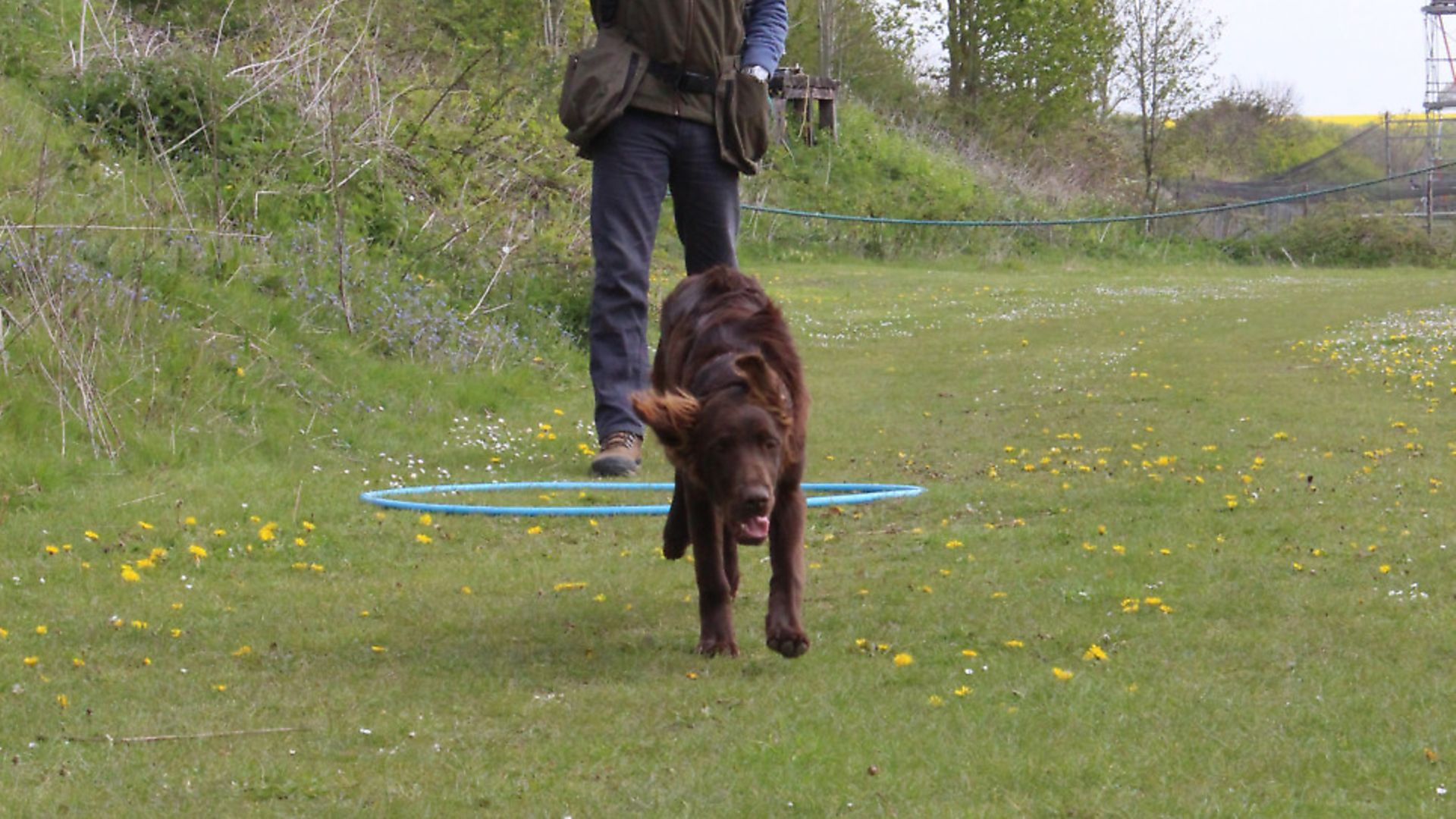 credit: Archant
credit: Archant
HOW TO DO IT
Sit the dog in the centre hoop. Ensure you instruct the dog to sit and then throw a dummy out to either 3 or 9 o'clock. Step a few paces back from the dog, then turn your head and look at the dummy as you gently slide your arm outwards, with the palm of the hand clearly facing the dog.
He will probably be looking at you at this point - if he's not, and this is really important, just stand patiently in silence until the dog turns to look at you. As soon as he does, gently blow the Stop whistle and give the 'Get Out' or 'Left/Right' command. This may well be the very first time the dog has seen and heard this command so don't be concerned if he just sits there as if to say, 'what?'.
If this happens, give the dog a few seconds to think about what he just saw and heard and then gently repeat the commands again, but this time move towards the dummy as you do. Ensure the retrieve is completed and quietly repeat the exercise a couple of times.
As a general rule, three repetitions is enough for this first session - short, sweet and enjoyable - before putting the dog away in its kennel or dog room to absorb what it has experienced. I don't pretend to be an expert on the learning capacity of our canine friends, but short and frequent training sessions seem to be the way forward.
Of course, we need to teach the dog to understand both left and right commands and it's important to understand that you are not asking the dog to learn the difference between the two commands until the second or distraction dummy is thrown out. This makes the dog think about what you are asking of it.
There are, of course, four main directional signals so it's also important to teach the Back command. Eventually, we will require the dog to go back for a considerable distance. The longer the better. In the early stages of teaching directional commands, be mindful that you must retain the dog's confidence to take your instructions. It can only gain confidence through a thorough understanding of any commands you give. The reward the dog gets for following your instructions serves to reinforce the behaviour.
Ensure you teach the dog to understand that if you whistle him towards you, there will be a dummy to find. This is the six o'clock. I like to build this into early training as it teaches the dog that recall does not mean something negative. Instead, if he comes back towards you there is a dummy to be found.
This article only really scratches at the surface of directional training. I know you've already got this, but layer each level of understanding up carefully. Gradually build up the number of dummies on the clock face. Our aim is to be able to sit the dog up in the middle of a field and for it to have the understanding to successfully take the directional commands we give from a considerable distance. Developing distance and accuracy requires time and thought. Don't rush and be prepared to really consolidate exercises before moving on.
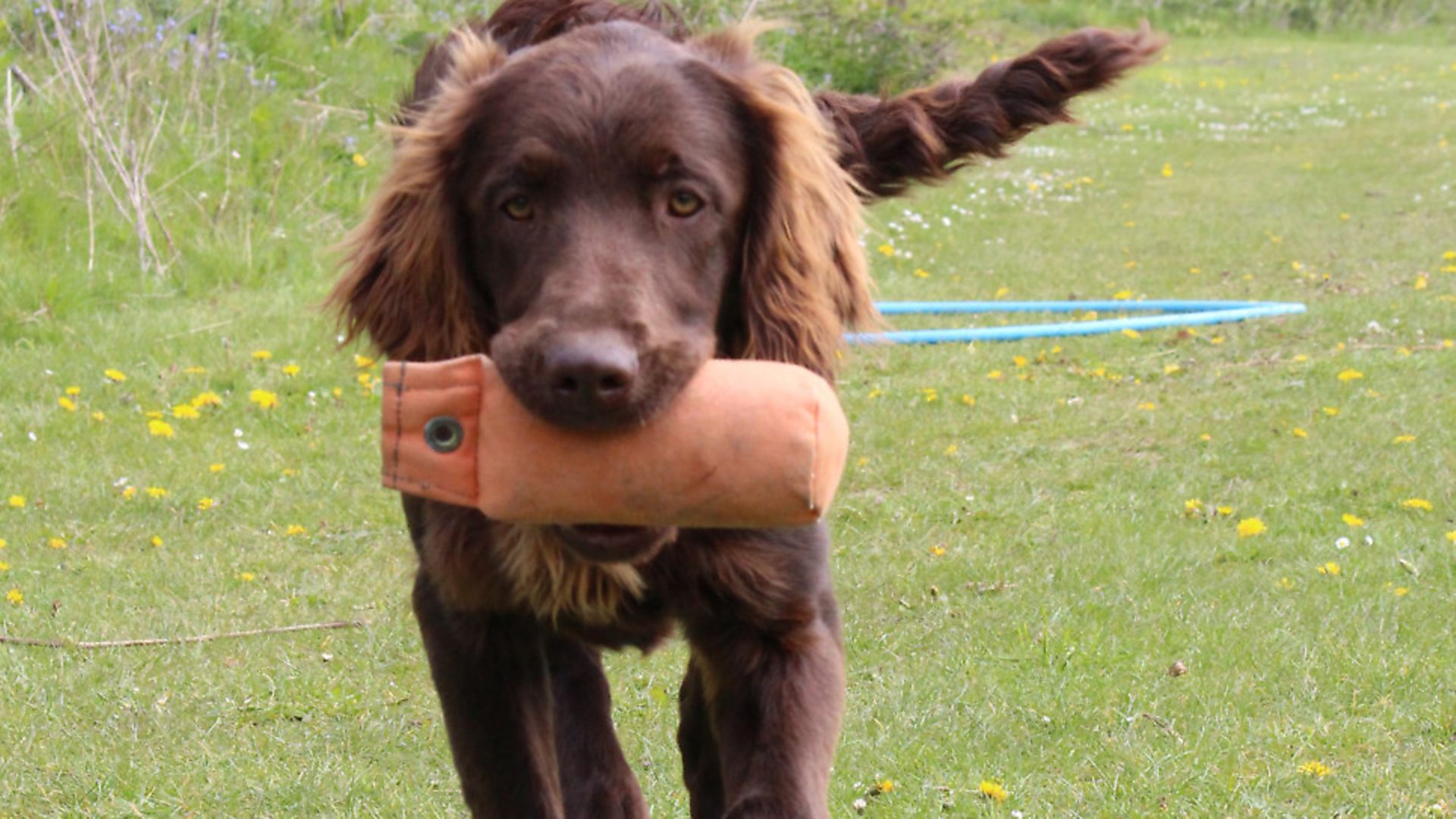 credit: Archant
credit: Archant
 credit: Archant
credit: Archant
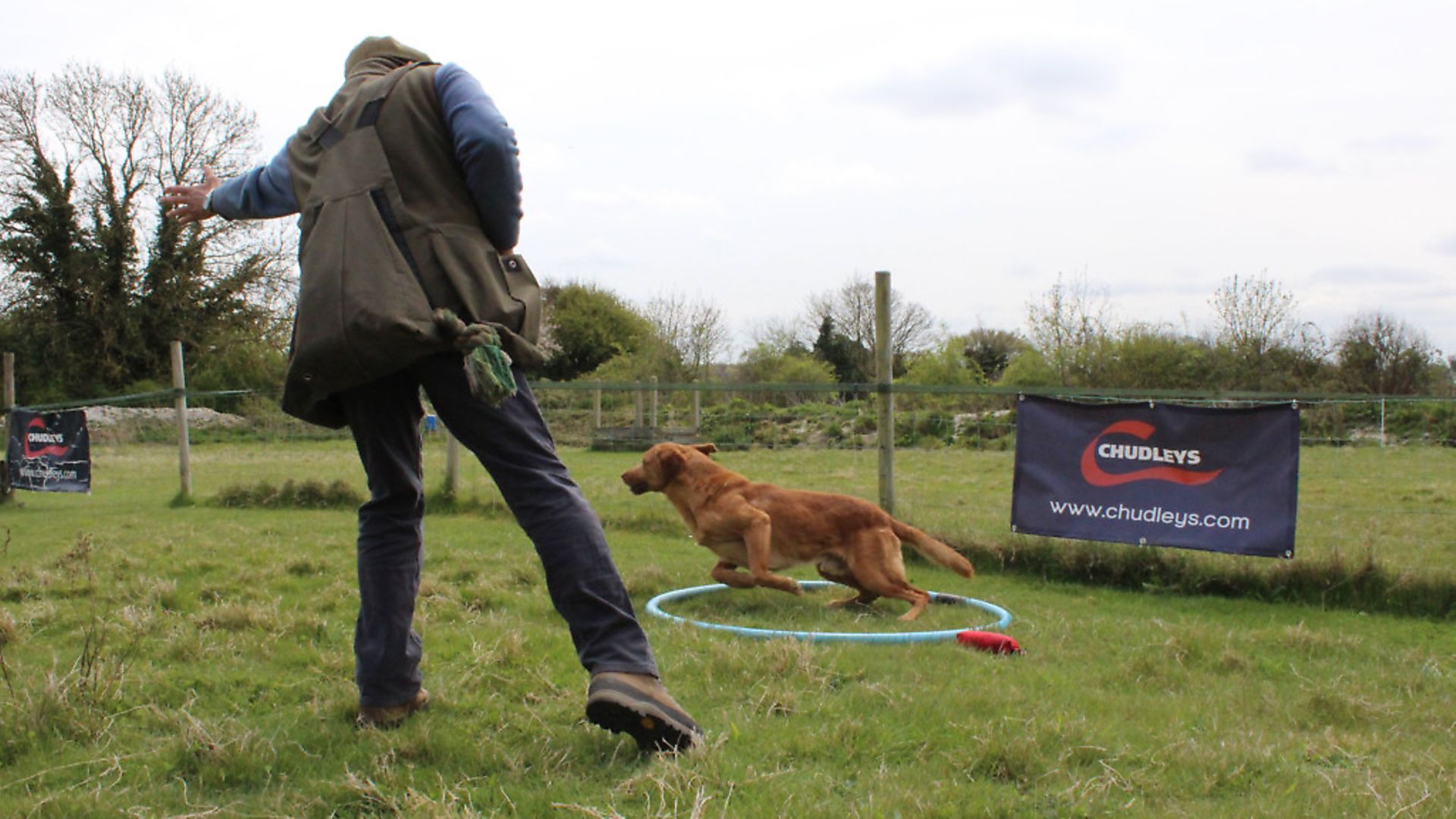 credit: Archant
credit: Archant
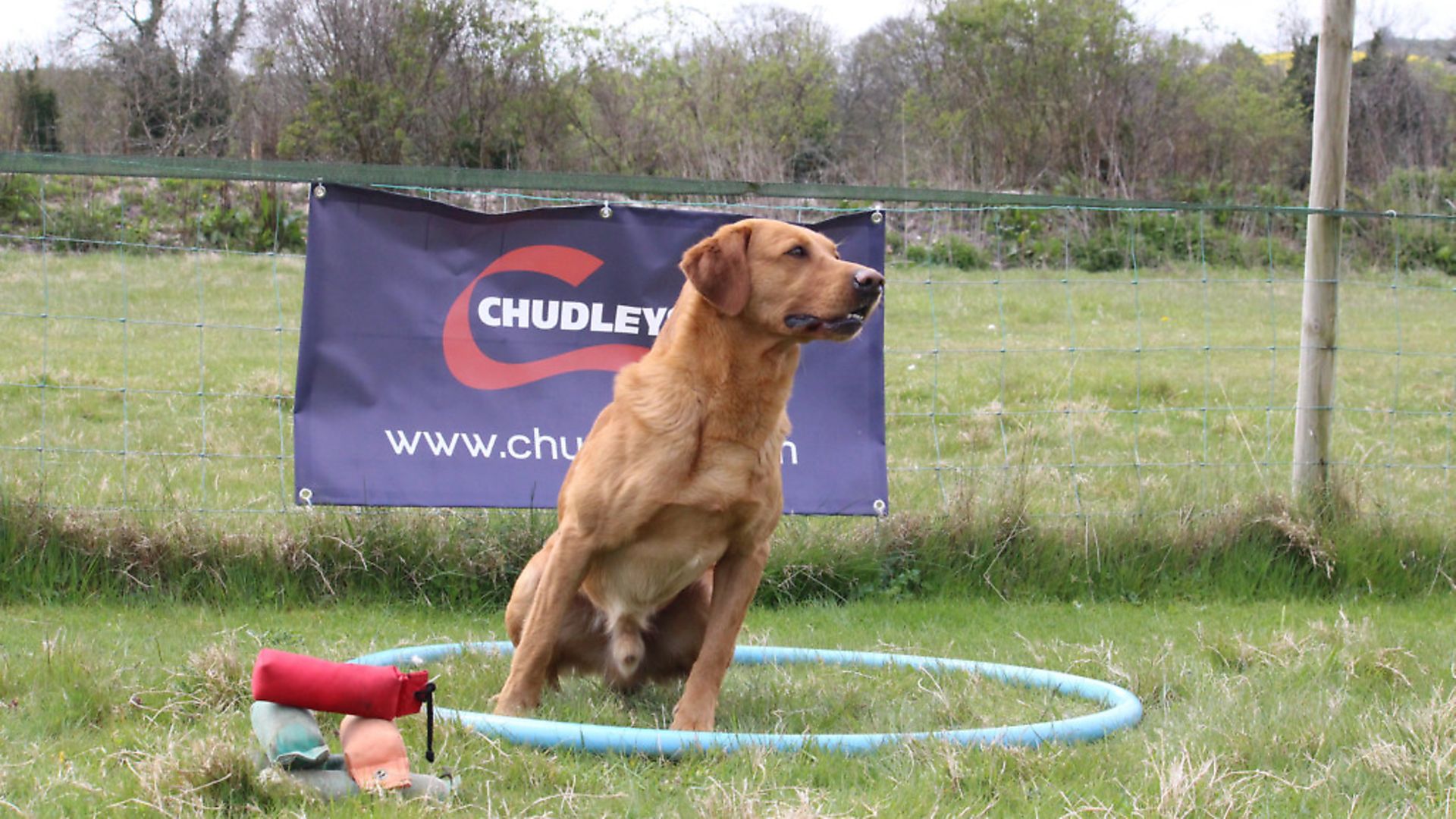 credit: Archant
credit: Archant
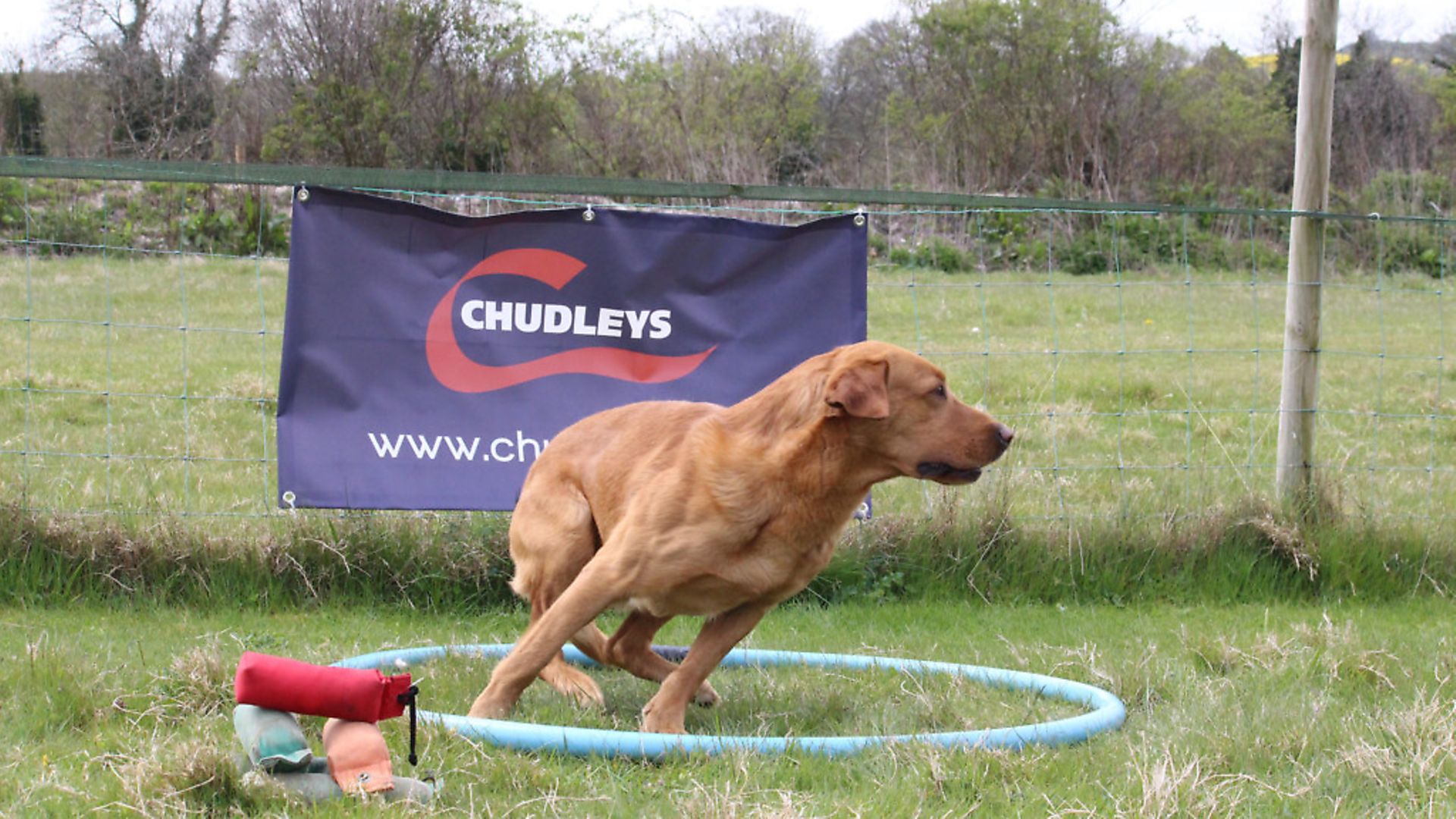 credit: Archant
credit: Archant
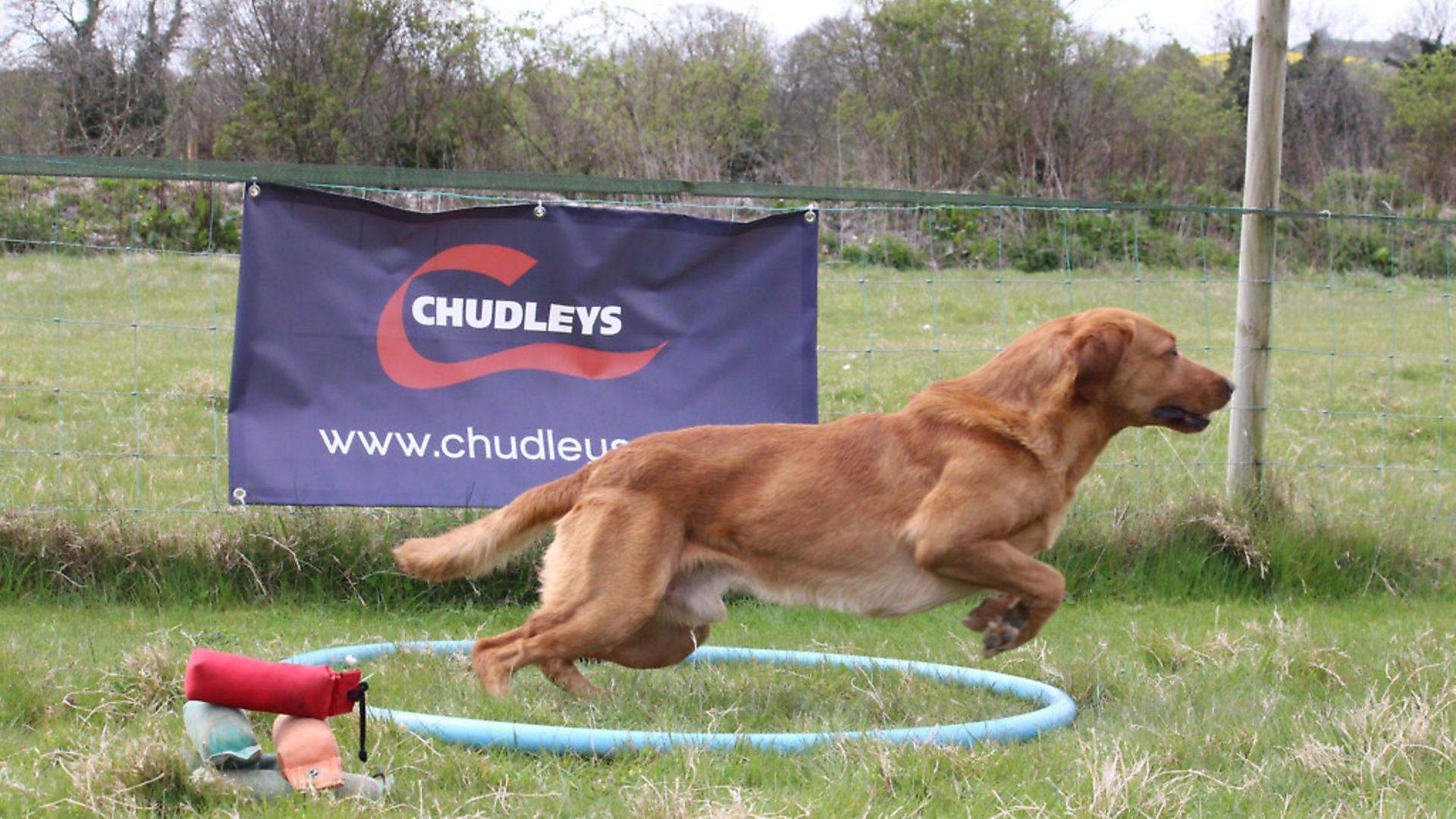 credit: Archant
credit: Archant